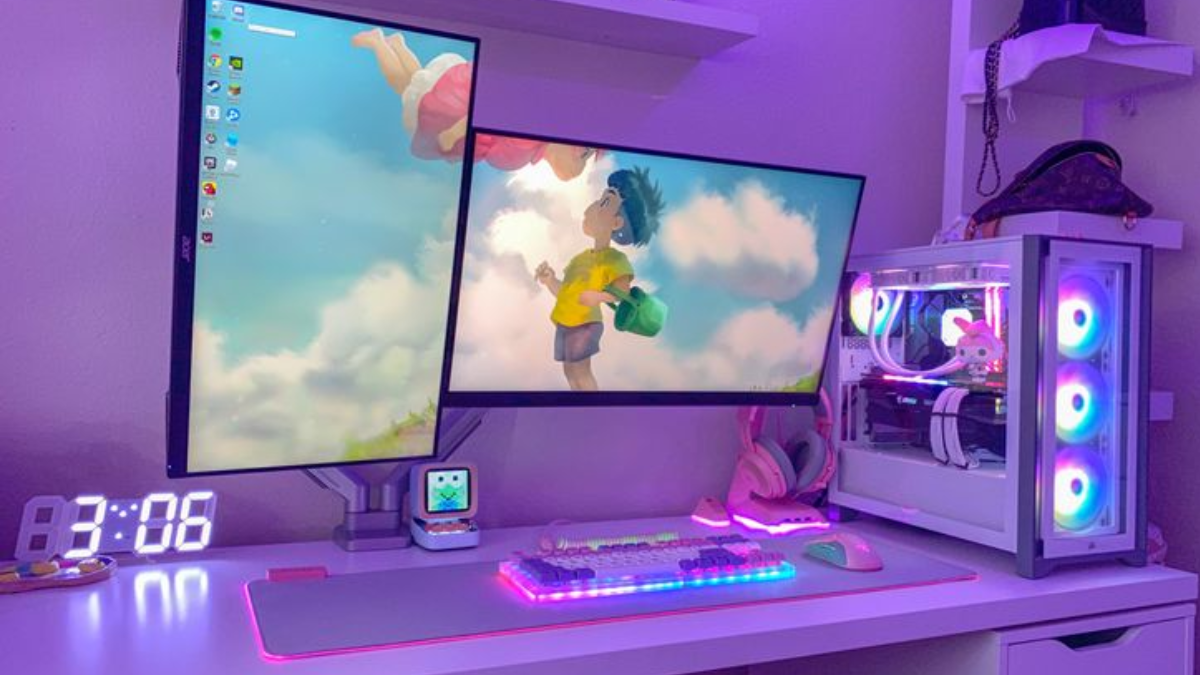According to a recent study on gender dynamics in the Mumbai-based film business, 72% of characters in Hindi cinema are performed by male actors, with 26% of roles going to female actors.
It was discovered that barely 2% of Hindi films have homosexual characters, and only 0.5% feature characters with disabilities who are primarily used as comic relief or to elicit pity.
According to a news release, the study, titled “Lights, Camera, and Time for Action: Recasting Gender Equality Compliant Hindi Cinema,” was carried out by the School of Media and Cultural Studies at the Tata Institute of Social Sciences in Mumbai with funding from the US Consulate in Mumbai.

On Wednesday, the study was presented in the presence of the actors Vidya Balan, Nandita Das, Guneet Monga, Shibashish Sarkar, president of the Producers Guild of India, Shalini Bharat, director of TISS, and Mike Hankey, the US Consul General for Mumbai.
According to the survey, only 36% of box office successes successfully complete the Bechdel Test. The evaluation also gave women-focused films a flawless score of 100 percent.
The Bechdel Test evaluates how well women are portrayed in fiction and other media. It inquires as to whether a piece of literature has at least two female characters who converse about topics other than males.
According to the press release, it listed 1,930 spoken and named characters to demonstrate that while Hindi cinema is improving in terms of quality, more work still needs to be done in terms of gender and diversity.
Three topics were examined in the report: gender representation on screen using 15 different metrics, women’s involvement in the production of films by counting the end credits, and women’s representation in important bodies of work or associations of works using primary and secondary data sources.
For instance, it was discovered that while women are depicted as working, the roles they play at work are gendered, with more of these characters appearing in the fields of healthcare, education, entertainment, and journalism.
According to it, caste and age dynamics are also present, with the majority of the characters falling into the 21–45 age range and coming from castes with a strong Hindu influence.
Expression of romance and intimacy is “restricted in the box office and women-centric films”, and most often it is male characters who initiate intimacy, the study added.
“The idea of consent is still fraught with ambiguity, specifically because there is a greater emphasis on women remaining demure and expressing consent through non-verbal and symbolic gestures,” it added,
A further finding of the study was the low number of female professionals who graduate from film schools.
“Make space for exploring women’s lives beyond their role as a romantic interest. Show women as initiating sexual relations or actively verbally consenting to a physical relationship. Show men participating in domestic work, being caring and sharing parenting. Have characters from diverse caste locations, especially as leads in films,” it averred.
The filmmakers should strive to promote “trans persons and persons with disability, both visible and invisible, as part of the cast” and include vivid representations in terms of ageing, the study further states.
“Ensure adequate representation of all skin tones and body types within the film. Care to be taken on cinematic language that reinforces the objectification of women’s bodies,” it mentioned.



